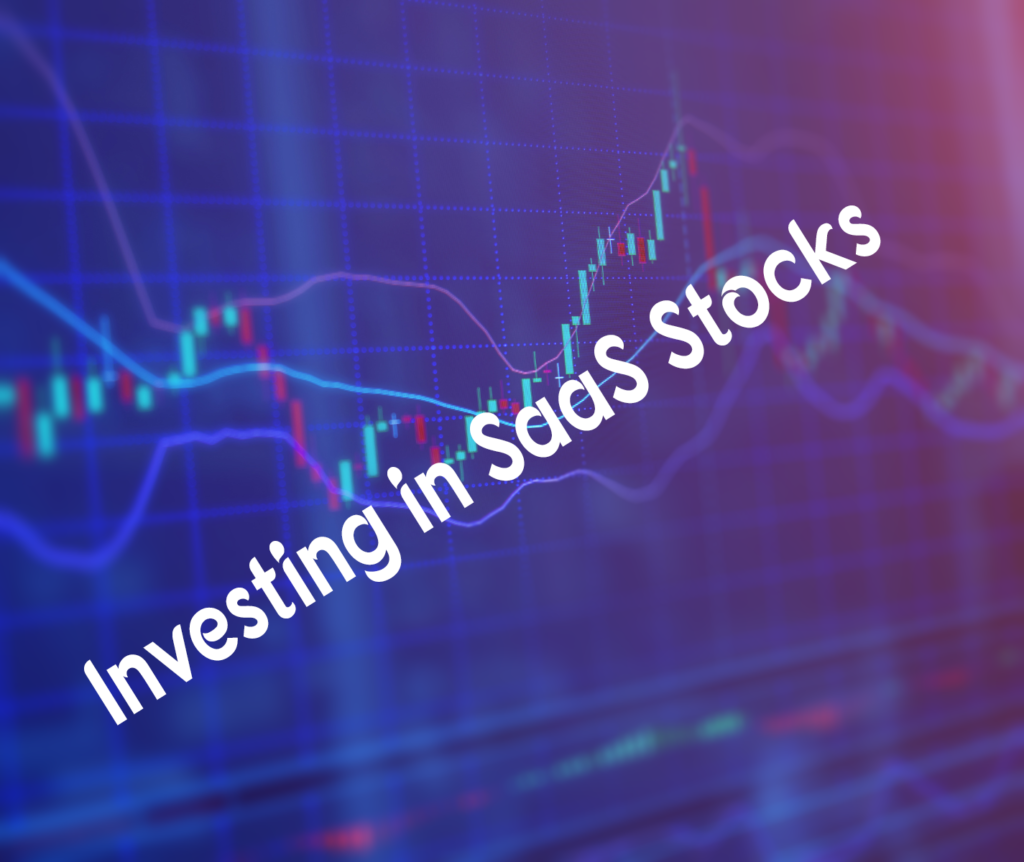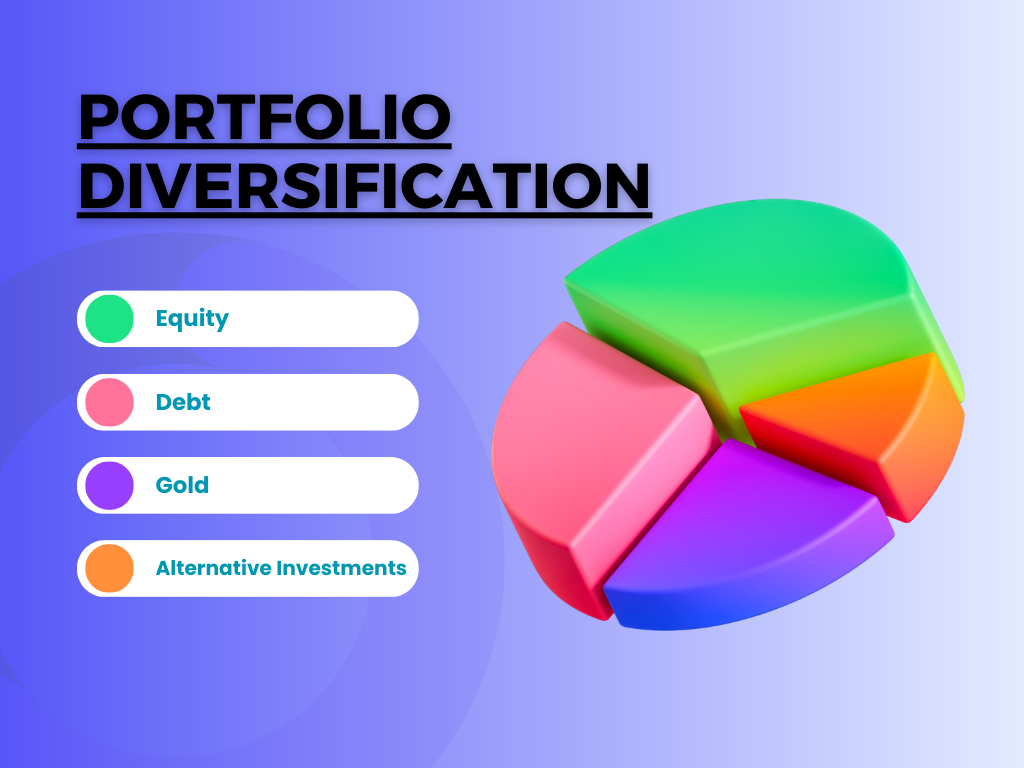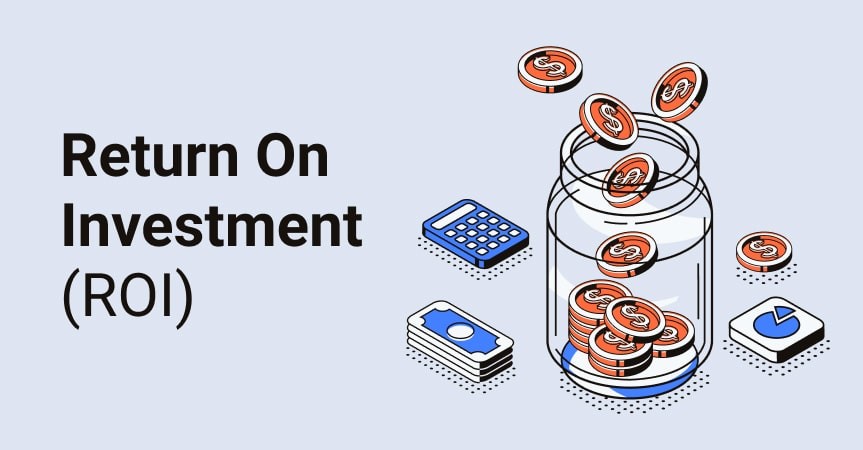Investing in SaaS stocks may seem like a daunting venture, especially if you’re new to the tech investing scene.
Browsing through financial forums and news sites, you might come across people expressing concerns about high valuations or fears of a potential tech bubble. “You can’t make money without taking risks but are all risks worth it?” This isn’t always true.
The truth is that many investors have found success by strategically investing in SaaS stocks. The rapid growth of the software industry and its transformation due to cloud technology has opened up lucrative opportunities for savvy investors.
The rise of SaaS is undeniable.
By 2023, over 73%
The Rising Trend of Investing in SaaS Stocks
With the tech landscape in constant flux, investing in SaaS stocks has become a viable option for many seeking potential high returns and reliable streams of recurring revenue. This is due not only to their potential for high returns but also because they offer software businesses lucrative and predictable streams of recurring revenue.
This trend isn’t confined solely within the realm of technology companies.
In fact, many non-tech entities are jumping on this bandwagon too. They’re adopting similar models by selling subscriptions that can cost anywhere from hundreds to thousands annually – contributing significantly towards their bottom lines.
SaaS Companies: A Paradigm Shift
SaaS offerings span across various sectors ranging from customer relationship management tools to marketing automation platforms and beyond. The key allure for investors lies in these products’ ability to generate consistent revenues over time without significant incremental costs associated with each new user addition—a factor largely responsible for bolstering market share growth among several SaaS companies.
Growth Opportunities Abound
Beyond steady income flows, SaaS stocks present substantial opportunities for exponential growth given the industry’s rapid expansion pace. For instance, Gartner Inc.’s report suggests global end-user spending on public cloud services will surge 23% year-on-year reaching $332 billion by 2023—an indication underscoring vast market opportunity inherent within this sector.
A Broadening Horizon: Non-Tech Entities Embrace Subscription Models
Interestingly enough, it’s not just tech firms capitalizing upon SaaS trends—non-tech corporations have started offering subscription-based products or services at premium prices which contribute considerably towards overall company profits.
An example illustrating how diverse industries leverage innovative strategies inspired by successful SaaS trends would be car manufacturers who now provide telematics systems through monthly subscriptions.
Drawing Long-term Investors into its Fold
Canny long-term investors understand the value propositions offered by fast-growing pure-play SaaS companies—their high margins owing mostly to low variable costs linked with online product delivery coupled with strong retention
Key Takeaway:
Investing in SaaS stocks is gaining popularity due to their potential for high returns and steady revenue streams. This trend extends beyond tech companies, with diverse industries leveraging subscription models for profit. With the industry’s rapid expansion, savvy investors see value in these fast-growing firms.
Understanding the Market Dominance of Microsoft and Adobe
The software industry is largely dominated by giants like Adobe and a certain software giant whose market leadership has been undisputed for decades. A key player in this dominance, Office 365 from that company, boasts around 52 million consumer subscribers contributing significantly to its revenue.
The Role of Cloud Computing in This Software Giant’s Success
This success story isn’t just about excellent SaaS offerings or products; it’s also about leveraging modern technology effectively. In particular, cloud computing plays an integral role here. Products such as Teams and Office 365 have used this tech to great advantage.
In fact, cloud computing allows businesses to manage workloads efficiently without heavy investment in infrastructure – leading them towards core competencies rather than IT management burdens. It offers cost advantages over traditional methods where substantial upfront investments are needed for hardware procurement and maintenance.
Besides being economical, it provides enhanced security measures which are critical given today’s cyber threats landscape.
How Adobe’s Subscription Model Contributed to Growth
A similar transformation can be seen with another titan in the SaaS industry: Adobe Systems Inc. The company made a bold decision back when they transitioned from selling one-time licenses for their software products into selling subscription-based services through the Creative Cloud Suite.
This shift led not only to increased customer engagement but also resulted in higher recurring revenues due to its subscription model. Financial results from Adobe reveal that their revenue skyrocketed over the past seven years, soaring from $4 billion in December 2013 to almost $13 billion by December 2023. This demonstrates the powerful effect transitioning towards a subscription-based model can have on growth trajectory.
Microsoft’s cloud computing prowess and Adobe’s bold subscription model are shaping the SaaS industry. Their strategies have led to soaring revenues, proving there’s power in embracing modern tech and customer engagement. #SaaSStocks #InvestingTrendsClick to Tweet
Exploring the Rising Trend of Investing in SaaS Stocks
Discover market leaders, potential risks, and promising opportunities for savvy investors.
Diversifying Your Portfolio with Other Promising SaaS Stocks
Investing in the growing SaaS sector is a smart way to diversify your portfolio. Among these, several companies have emerged as front-runners including Salesforce, Shopify, and Wix-Com.
Salesforce, a trailblazer in customer relationship management software, has consistently showcased robust financial performance due to its wide array of SaaS offerings.
In the e-commerce sector, Shopify presents itself as another viable option for investors. The company’s innovative platform enables businesses to manage their online stores efficiently, leading towards significant revenue growth over recent years.
The Remote Work Revolution: Slack Technologies & Zoom Video Communications
A surge in remote work trends catalyzed by global events like the COVID-19 pandemic has led to increased demand for products offered by firms such as Slack Technologies and Zoom Video Communications.
Their market share gains are testamentary evidence that they’ve capitalized on this trend effectively. Slack provides an intuitive communication platform facilitating seamless team collaboration while Zoom offers reliable video conferencing solutions crucial for remote working environments. Slack’s solution during the Covid-19 crisis.
Data Analysis & Document Management Pioneers: Datadog & DocuSign
Beyond traditional software services lie unique players like Datadog and DocuSign offering specialized SaaS products catering specifically to today’s business needs.
Datadog delivers real-time data analytics aiding businesses in monitoring their IT infrastructure effectively, whereas DocuSign digitizes the document signing process, enhancing efficiency across various operations. Their contributions towards digital transformation can be seen from strong financial performances recorded recently.
Diversify your portfolio with rising SaaS stocks. From Salesforce’s robust financials to Shopify’s e-commerce prowess, and the remote work champions – Slack & Zoom. Don’t overlook Datadog & DocuSign either. #SaaSInvestingClick to Tweet
The Impact of Initial Public Offerings on SaaS Companies
When a Software-as-a-Service biz determines to become publicly traded via an initial public offering, it’s not just about obtaining capital but also acquiring notice and trustworthiness in the industry. It’s also about gaining visibility and credibility in the market. And with shares often jumping by up to 28% post-IPO, there’s no denying investor interest is high.
Investor Interest: A Key Driver for Success
In today’s investment landscape, investors are increasingly drawn towards high-growth sectors such as technology and specifically SaaS companies. This attraction can be seen clearly when initial public offerings (IPOs) take place; they’re met with great enthusiasm from both institutional and retail investors alike who see potential in these businesses’ future prospects.
Fueling Growth Strategies
An IPO isn’t merely a financial event—it serves as fuel for growth strategies that include research & development initiatives or strategic acquisitions which may expand their product offerings while scaling operations globally. Suffice it to say that going public offers numerous advantages but does come with its own set of unique challenges that need careful navigation.
Risks Involved With Going Public
IPOs aren’t without risks though—especially when dealing with sky-high expectations from shareholders expecting consistent quarterly performance results after the IPO. Newly listed firms face intense scrutiny—from analysts to media—that could lead to short-term volatility if they fail to meet earnings projections or experience other business hiccups down the line. The key takeaway here? While taking your company public comes bundled with several benefits—including massive funding boosts—it requires precise maneuvering around some significant hurdles too.
SaaS companies are not just raising capital with IPOs, they’re gaining market visibility and credibility. With shares often surging 28% post-IPO, investor interest is clearly high. #Investing #TechStocksClick to Tweet
Exploring the Rising Trend of Investing in SaaS Stocks
Discover market leaders, potential risks, and promising opportunities for savvy investors.
Long-Term Investment Potential in SaaS Stocks
The emergence of the SaaS industry has presented a captivating chance for long-term investors. With high growth rates, attractive financial performance metrics, and sticky customer retention models, SaaS stocks have emerged as viable investment options.
Growth Rates & Market Opportunities:
In this digital age where software is increasingly being consumed as a service rather than a product, companies offering SaaS products are witnessing robust growth. This trend isn’t confined to tech sectors alone; non-tech industries such as healthcare and finance are also embracing these offerings – expanding market opportunities for SaaS businesses even further.
Favorable Financial Performance Metrics:
SaaS companies enjoy favorable financial metrics that make them appealing to long-term investors. Selling subscription-based software online allows these firms to maintain high margins due to their low variable costs – essentially, once developed, there’s minimal additional cost per subscriber. This scalability greatly enhances profitability, contributing towards solid company financial performance over time.
‘Stickiness’ Factor: High Customer Retention Rates
High customer retention rates are a common characteristic of successful SaaS businesses, due to the difficulty of switching software once it has been integrated into daily operations, leading to reliable revenue streams. Once users integrate specific software into daily operations, switching becomes difficult, resulting in steady revenue streams.
Future Growth Projections
The global SaaS market exhibits promising future prospects too. Predictions suggest continued expansion at an impressive compound annual growth rate (CAGR), indicating substantial potential for both existing players and new entrants within the sector.
Investing In A Growing Industry: Risks And Rewards
While investing in growing industries like SaaS can yield significant returns, it’s important for savvy investors to be aware of associated risks as well. Factors such as competition risk from newcomers or inflated valuation multiples compared to traditional software companies could pose challenges. Yet, if navigated effectively, rewards can outweigh potential downsides, making
Key Takeaway:
SaaS stocks are a hot ticket for long-term investors, boasting high growth rates, favorable financial metrics and sticky customer retention. However, while the potential rewards are significant in this expanding industry, it’s crucial to navigate inherent risks like competition and inflated valuations effectively.
Understanding the Risks of Investing in SaaS Stocks
In the field of investing, especially when it comes to SaaS stocks, being aware of possible risks is as significant as spotting potential opportunities. High valuation multiples and competitive market conditions are just a few factors that can pose challenges for investors.
Navigating through High Valuation Multiples
SaaS companies often carry high valuation multiples compared to traditional software businesses due to expectations baked into stock prices regarding rapid growth. Investors need to be aware that these valuations hinge on metrics like recurring revenue or customer acquisition costs rather than conventional measures such as earnings or book value.
If a company fails to meet these lofty performance projections, there could be severe repercussions leading to potentially significant losses for those who invested at peak valuations.
An additional risk arises from competition because barriers to entry in many areas of this industry are relatively low. Established players have an advantage in terms of resources and brand recognition, but startups can disrupt markets by offering innovative solutions at competitive prices quickly. New entrants continually emerge in this dynamic sector, increasing saturation, which might erode the market share of existing players over time. It’s crucial to stay informed about developments in specific niches where investments are held, as shifts can happen rapidly without warning sometimes.
The Crucial Role Customer Retention Rates Play
A key metric for any subscription-based business model is its retention rate – how effectively it keeps customers subscribing to their services long term without them canceling subscriptions mid-way. Many SaaS products become integral parts of users’ daily operations, making it difficult to operate without them – however, if competitors offer similar features at lower cost points, churn rates may increase significantly, affecting overall profitability.
To mitigate these risks, investors should carefully analyze each investment opportunity, taking into account financial stability, product uniqueness, leadership quality, among other things, before committing funds.
Key Takeaway:
Investing in SaaS stocks comes with its own set of risks, including high valuation multiples and fierce competition. These investments hinge on metrics like recurring revenue rather than traditional measures, making them vulnerable to significant losses if lofty projections aren’t met. Additionally, the importance of customer retention rates can’t be overstated for these subscription-based businesses. Savvy investors should thoroughly analyze
Conclusion
Pouring money into SaaS stocks is no longer just a trend, it’s become an evolution.
We’ve seen how giants like Microsoft and Adobe have dominated the market with their subscription-based models.
The success stories of other promising players such as Salesforce, Shopify, and Slack Technologies are equally inspiring.
An initial public offering can significantly boost a pure-play SaaS company’s valuation and share price.
SaaS stocks offer robust growth rates and high margins due to low variable costs associated with selling subscription products online, making them attractive for long-term investment.
However, risks persist – high valuation multiples compared to traditional software companies and competition risk from new entrants due to relatively low barriers of entry.
In essence, investing in SaaS Stocks? It’s not just about riding the wave but understanding its ebb and flow too.
If you want to learn more about this, sign up for my newsletter.


